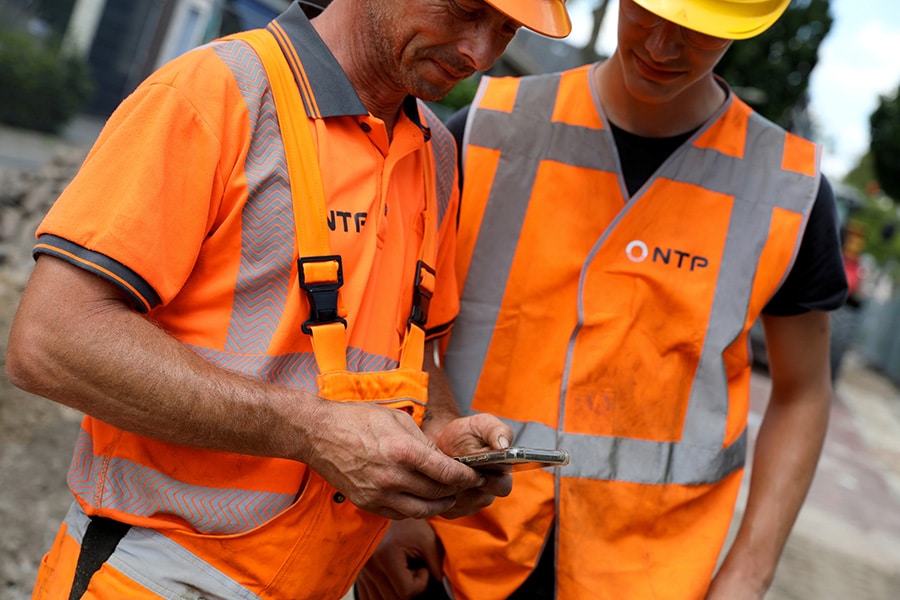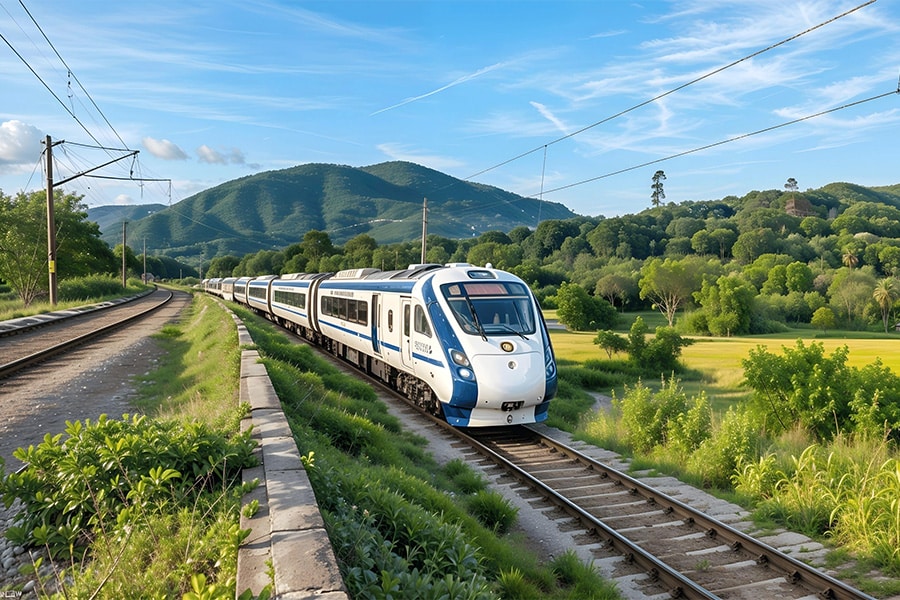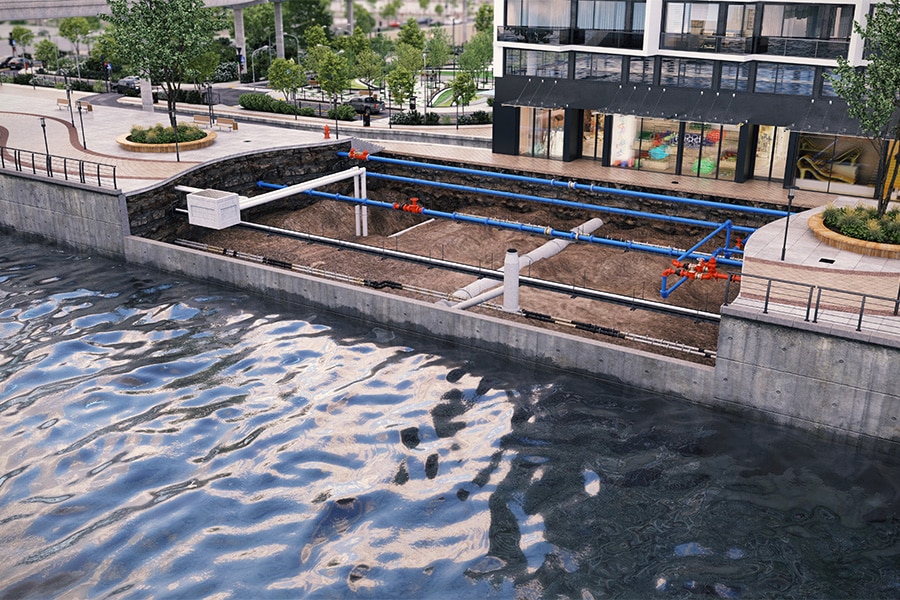
'Smart data handling is the future of sustainable infrastructure'
In infrastructure, sustainable and efficient work is becoming increasingly important. Reuse of materials, such as concrete girders in the A9 project, is a good development. However, we can go a step further by working smartly with geo-data: in addition to reusing data, data can be used artificial intelligence (AI) and split into sections with similar characteristics. At Fugro, we call the latter smart sectioning.
Lots of data available
The Netherlands has collected a lot of data on the subsurface. These come from public databases such as the Basisregistratie Ondergrond and TNO's DINOloket. We can reuse this information to work more efficiently and sustainably.
Reusing data has two advantages. It reduces the need for new field research, saving time and money. Also, by combining existing data with AI, we can make faster estimates about the state of the subsurface and infrastructure. This leads to better advice and less unnecessary work.
Smart sectioning: smart sectioning
In smart sectioning, we divide an area into pieces with similar characteristics, for example, areas with lots of clay or with high water tables. By using AI to analyze these pieces, we can find and solve problems faster.
This is similar to medical research, where doctors study groups of patients with the same symptoms to draw general conclusions. In infrastructure, this means that we can, for example, compare all road sections with peat substrate to give better advice on how to solve problems. We act as "doctors" by combining information about different infra sections for a complete picture. Linking data based on knowledge/expertise of construction behavior, leading to easier cause analysis/diagnosis of construction condition.
This approach also works for bridges, locks and rail. At ProRail, by analyzing similar sections, Fugro predicted where potential problems might arise. It also indicated the possible causes of embankment instability in different sections. Fugro did this by combining data on the subsurface, the track and the environment in terms of hydrology and climate. The combination of data will help ProRail take timely and informed measures.
Reuse of materials and foundations can take sustainability a step further with geo-data and smart sectioning. By reapplying existing data and combining it with AI analysis for each section, we can better determine whether existing parts can be reused. This reduces waste and the need for new materials.
Heeft u vragen over dit artikel, project of product?
Neem dan rechtstreeks contact op met Fugro.
 Contact opnemen
Contact opnemen




